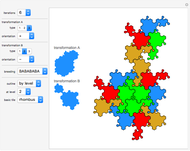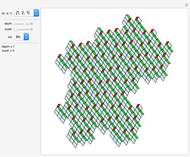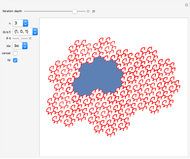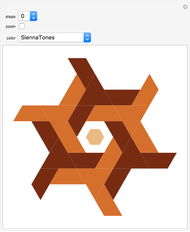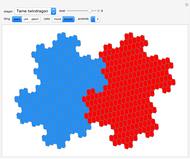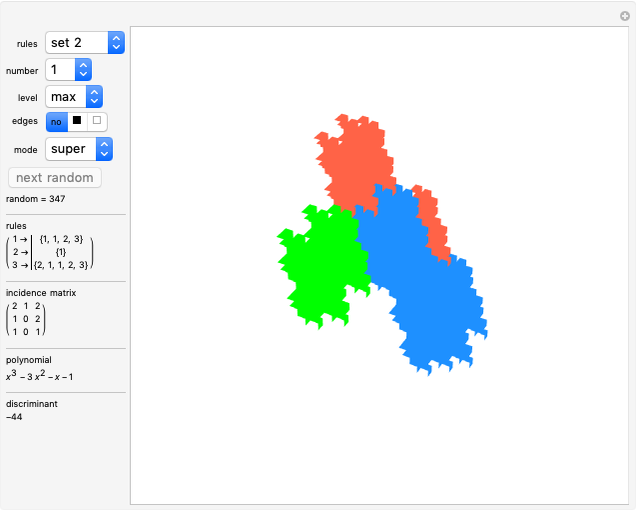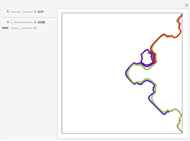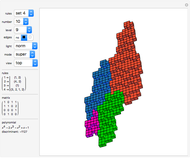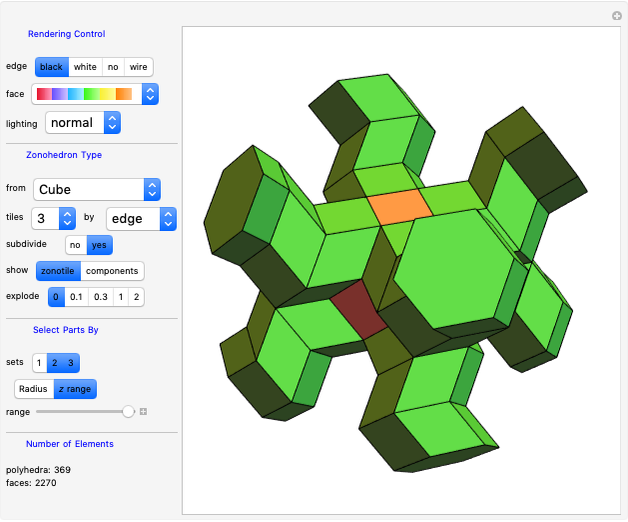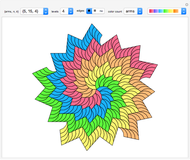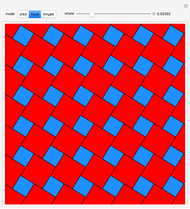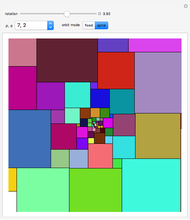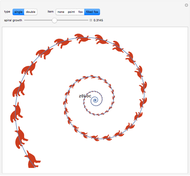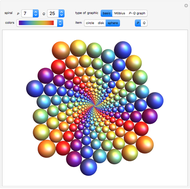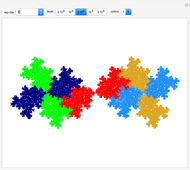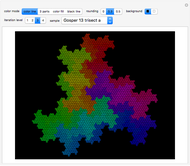Rep-tiles and Fractals of Order Five

Requires a Wolfram Notebook System
Interact on desktop, mobile and cloud with the free Wolfram Player or other Wolfram Language products.
Rep-tiles and fractals of order five are defined as iterated function systems (IFS) and evaluated via the "chaos game" method.
Contributed by: Dieter Steemann (December 2016)
Open content licensed under CC BY-NC-SA
Snapshots
Details
This Demonstration deals with the uncommon fractal rep-tiles of order five. Rep-tiles are plane figures that can be dissected into congruent smaller figures, possibly by a reflection. Fractal rep-tiles are also called frac-tiles. All shapes shown in this Demonstration can be combined into unit tiles that tile the plane periodically. The rep-tiles are defined as iterated function systems (IFS) and are evaluated via the "chaos game" method.
The rep-tile examples 1–4 follow the teardrop concept of Gosper [1]. Examples 5–8 and 23–38 are derived from these teardrops. A collection of space-filling curves that can be converted into tilings is given in [2]. All tilings in this Demonstration are based on a rotation angle  that also appears in the well-known pinwheel tiling [3]. Hence, some of these show infinite orientations of subtiles, in which tiles are iteratively substituted by five smaller copies.
that also appears in the well-known pinwheel tiling [3]. Hence, some of these show infinite orientations of subtiles, in which tiles are iteratively substituted by five smaller copies.
Only a few of the large variety of possible tile shapes are shown in examples 31–38. The miscellaneous examples 39–43 include the pinwheel tile and some irreptiles. Every rep-tile of order three can be converted into irreptiles of order five (see examples 41 and 42).
This collection is not complete. More rep-tiles and irreptiles of order five exist; see the Related Links.
Be patient when using the highest iteration level. In order to calculate  image points, a lot of processing resources are required.
image points, a lot of processing resources are required.
"Rep-tile" groups:
1–4 teardrop configuration: four tiles around a central point and a fifth tile like a teardrop at the outside
5–8 twin versions of examples in 1–4 (twofold rotational symmetry)
9–22 rep-tiles based on a triangular grid (11 is Mandelbrot's quartet)
23–30 half twins: two copies of these patterns combine into twins of examples in 5–8
31–34 quarter crosses: four copies of these patterns combine into a fractal cross
35–38 unconnected patterns: two copies combined into twins of examples in 5–8
39–43 miscellaneous examples
References
[1] R. W. Gosper. "Teardrop Frac-n-tiles." (Dec 19, 2016) www.tweedledum.com/rwg/frac5.htm.
[2] J. Ventrella, "The Root 5 Family, a Chapter from Brainfilling Curves." (Dec 19, 2016) www.fractalcurves.com/Root5.html.
[3] Wikipedia. "Pinwheel Tiling." (Dec 19, 2016) en.wikipedia.org/wiki/Pinwheel_tiling.
Permanent Citation






